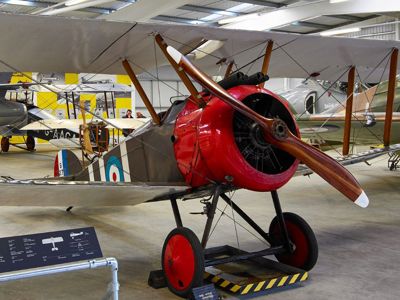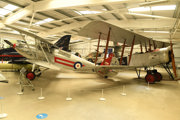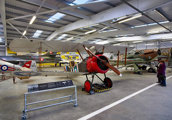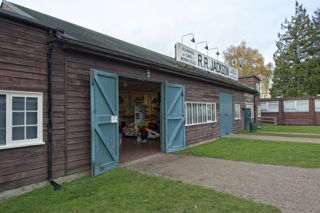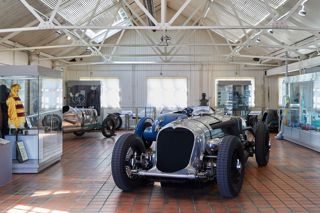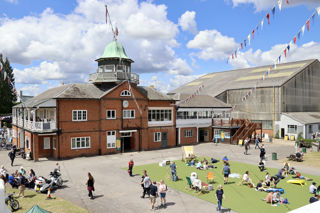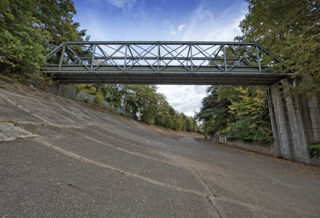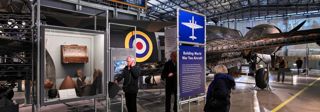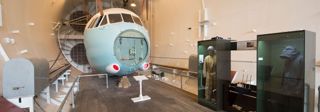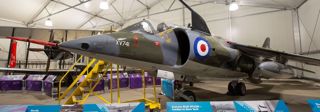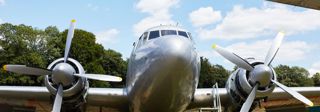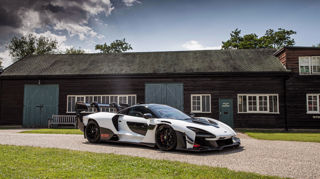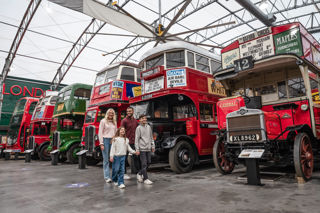Flight Shed
The Flight Shed exhibition tells the stories of the pilots and navigators who flew the aircraft.
Listen to their personal stories as they recall what it was like to fly during the war and what the atmosphere was like at Brooklands.
The centrepiece of the Flight Shed is the Museum’s Hawker Hurricane which was built in 1940. Other complete aircraft on display include the Hawker Fury, Hawk, Hunter and Harrier and Sopwith Camel.
Get up close and sit in the pilot’s seats of the Hawker Hunter and Harrier, have a go at deciphering Morse Code and step inside the Vickers Wellington walkthrough. With level access onto the Finishing Straight, these live aircraft will sometimes be moved out of the Flight Shed for engine runs and taxying displays.
Further exhibitions

